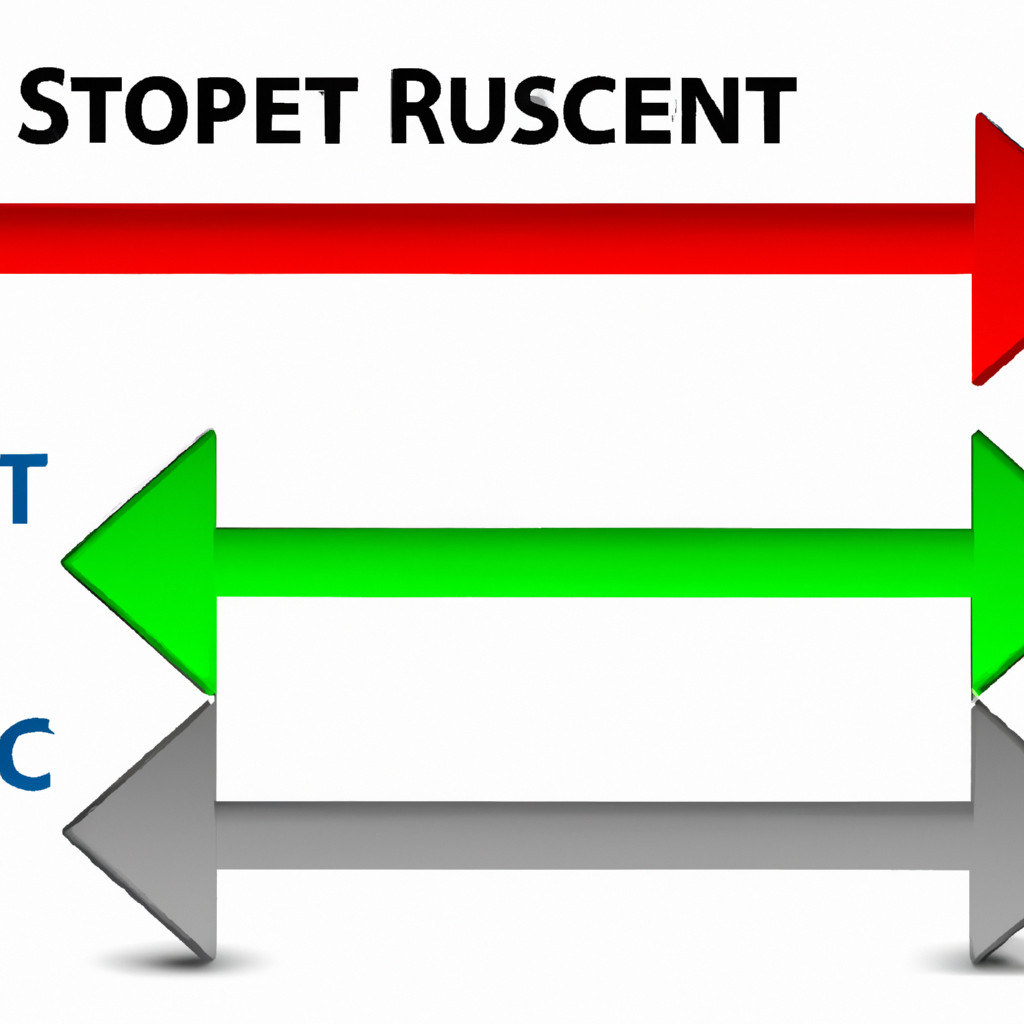
Support and Resistance Level Trading Strategies: A Guide for Traders
Support and Resistance Level Strategies
Understanding Support and Resistance Levels
Support and resistance levels are key concepts in technical analysis that help traders identify potential price levels where the market may reverse or consolidate. Support levels are price levels where a stock or market tends to find buying interest, preventing it from falling further. Resistance levels, on the other hand, are price levels where a stock or market tends to find selling interest, preventing it from rising further.
Using Support and Resistance Levels in Trading
Support and resistance levels can be used in a variety of ways to help traders make informed trading decisions. Here are some strategies to consider:
Identifying Support and Resistance Levels
One of the first steps in using support and resistance levels is to identify them on a price chart. Look for areas where the price has bounced off multiple times in the past, forming a horizontal line. These are potential support or resistance levels.
Trading Breakouts
Breakouts occur when the price breaks through a support or resistance level, signaling a potential trend reversal or continuation. Traders can enter trades when the price breaks above resistance or below support, with a stop loss placed just below support or above resistance.
Trading Bounces
Another strategy is to trade bounces off support or resistance levels. When the price approaches a support level, traders can look for bullish signals to enter a long trade. Conversely, when the price approaches a resistance level, traders can look for bearish signals to enter a short trade.
Using Support and Resistance Levels for Risk Management
Support and resistance levels can also be used for setting stop losses and take profit levels. Traders can place stop losses just below support or above resistance levels to limit potential losses. Take profit levels can be set at the next support or resistance level to lock in profits.
Conclusion
Support and resistance levels are important tools for traders to identify potential price levels where the market may reverse or consolidate. By understanding how to identify and use these levels in trading, traders can make more informed decisions and improve their trading performance.